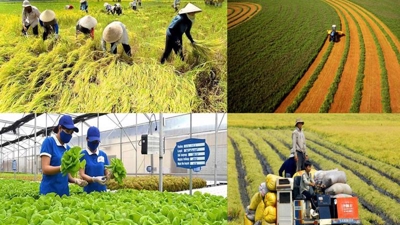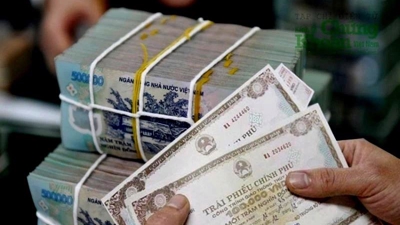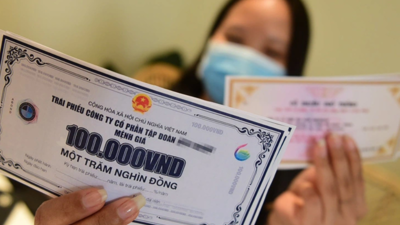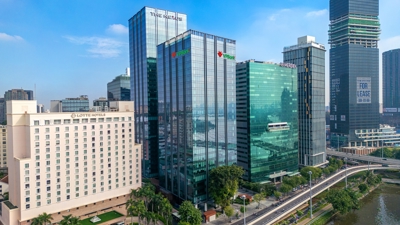Investment to ensure sustainable growth
Investment in education and infrastructure is crucial for driving long-term sustainable economic growth, fostering innovation, and improving workforce capabilities.

Asia is changing. Supply chains are moving across the region. Apple, for example, is setting up new facilities in Indonesia. Samsung is investing big in Vietnam. It is generally assumed that this offers good job opportunities for locals. The question is whether they have the right skill set to be employed in these advanced facilities. In this context, education is an important part of moving away from the low-quality, low-paying manufacturing of yesteryear.

We found that there are very significant benefits to growth if the majority of students finish higher secondary education. That is where the number of startups rises, productivity flourishes and GDP per capita increases significantly. At present, many Asian nations have not reached these education levels. A few, however, stand out: China, The Philippines and Vietnam. They score well and this is where small improvements in education attainment could result in large economic benefits.
It is not just getting more students to finish secondary education. There should also be a focus on the quality of education. A measurement of this – the so-called PISA score from the OECD – shows that ASEAN and South Asia in particular need to bridge the gap in terms of quality of education. Doing so will enable them to capitalise on the opportunities that comes from shifts in supply chains.
In this regard, Vietnam performs exceptionally well, nearly matching the educational standards of developed nations. The latest PISA results are comparable to those of France.
Across Asia, prospective students are very much aware of the education gap. To gain a better education, they look across borders. The number of international students in countries like mainland China, Japan and Korea are growing fast. And many come from other parts of Asia. This is, however, only possible for those that have parents that can finance expensive overseas studies.
The issue remains that the majority of Asia’s workforce do not possess advanced or tertiary education, while there is a huge demand for highly skilled talent who are well-equipped to deal with complexities involved with industries that are more advanced. Here, Vietnam has tremendous opportunities to invest in better education before others do so. It is already well under way to do so, and explains why it is gaining foreign direct investments.
This is all very positive for Vietnam. In the long run, excellent in education is one of the best ways to ensure sustainable economic growth.







